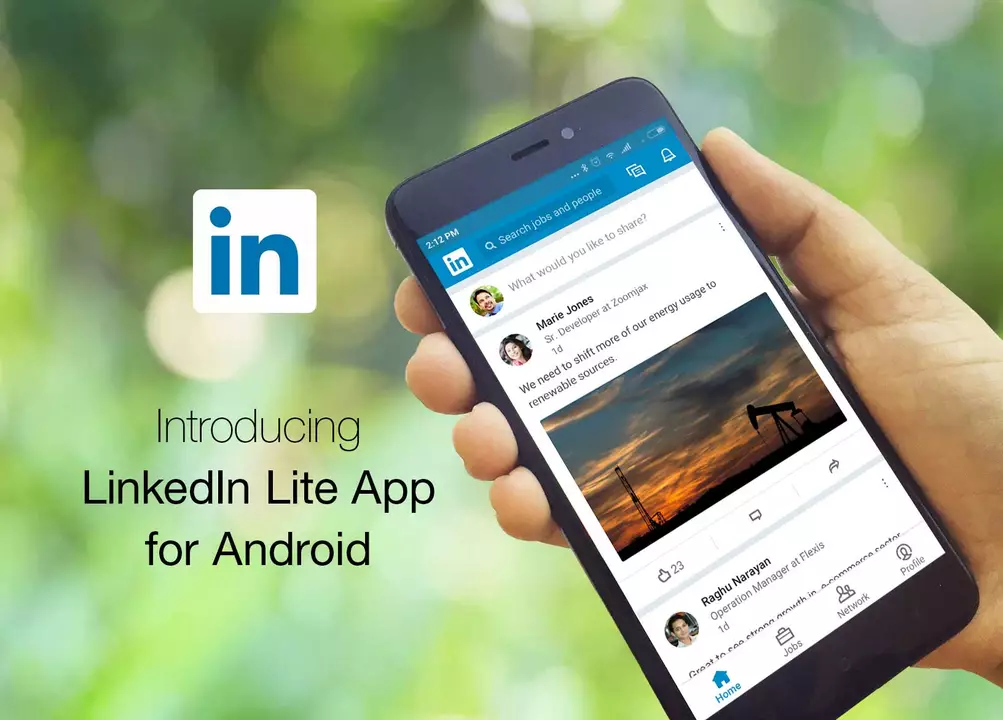
Technology and Apps
Looking for tech advice that actually helps you get things done? You’re in the right place. This section gathers short, straight‑to‑the‑point guides on the gadgets and apps that matter to students, researchers, and anyone who wants to work smarter.
Quick Picks: Apps That Boost Your Study Routine
When it comes to study tools, a few apps stand out for their simplicity and impact. Notion lets you organize notes, to‑do lists, and project deadlines in one place. You can set up a page for each class, drop in lecture slides, and tag items for easy retrieval. Forest tackles distraction by turning focus time into a growing virtual tree – stay on task and watch your forest flourish.
Another favorite is CamScanner. Snap a photo of a textbook page, and the app cleans up the image, makes it searchable, and saves it as a PDF. It’s a lifesaver when the library copy is missing or you’re on the go.
Tech Tools for Research and Writing
Research doesn’t have to be a slog through endless PDFs. Zotero automatically captures citation details from journal sites, saves PDFs, and builds reference lists in the format you need. Pair it with Google Scholar alerts, and you’ll get new papers delivered straight to your inbox.
If you write a lot, give Grammarly a spin. It checks grammar, tone, and even suggests clearer phrasing. The free version catches the basics, while the premium plan adds plagiarism detection – handy for thesis drafts.
For data analysis, RStudio offers a free, powerful environment. You don’t need a PhD to start; the built‑in tutorials walk you through importing data, cleaning it, and generating graphs. Combine it with RMarkdown to produce reproducible reports that update automatically when your data changes.
All these tools share a common trait: they’re free or have a solid free tier, and they integrate well with the cloud services most campuses provide. That means you can switch devices without losing your work.
Below are a few practical steps to get the most out of any new app you try:
- Set a goal. Decide what problem you want the app to solve – be it faster note‑taking, better citation management, or distraction control.
- Spend 10 minutes on the tutorial. Most apps hide a “quick start” video in the settings. Watching it once saves hours of trial‑and‑error.
- Customize early. Adjust notifications, theme, and default folders before you get into heavy use. It keeps the experience clean.
- Sync across devices. Enable cloud sync so a note you start on your phone shows up on your laptop instantly.
Trying new tech can feel overwhelming, but treating each app as a single‑purpose tool keeps the learning curve low. Start with one, master it, then move on to the next.
Keep checking back for fresh reviews and tips. We update this page regularly, so you’ll always have the latest recommendations without the hassle of endless Googling. Happy exploring!
